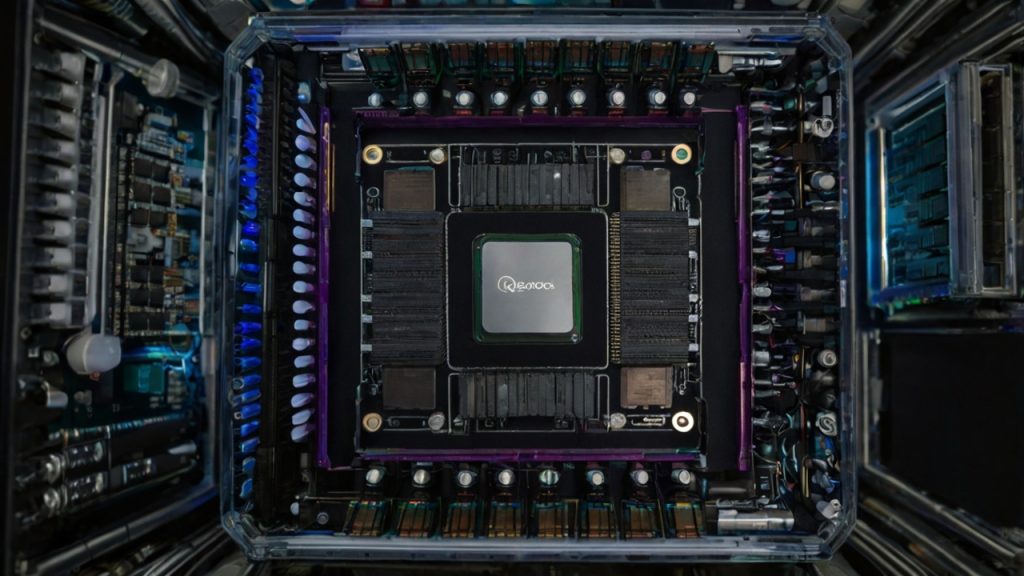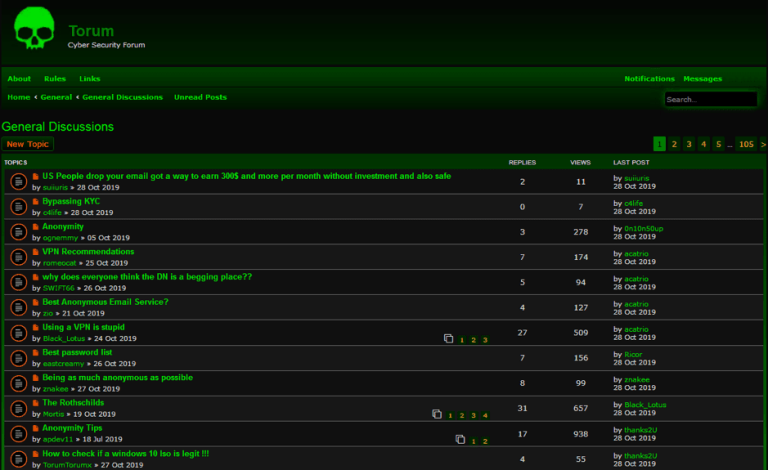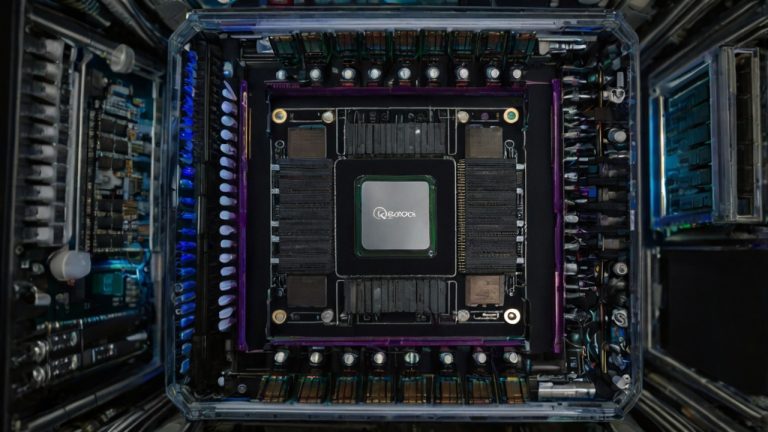
Introduction
In the fast-evolving world of modular technologies and digital ecosystems, one name that’s gaining momentum is qezoracinkolid. While it may sound like a cryptic term at first, qezoracinkolid represents a new paradigm in decentralized computing and customizable digital infrastructure. Positioned as a next-gen modular protocol, it brings together security, scalability, and adaptability in one dynamic framework. In this guide, we will explore the core concepts, architecture, use cases, benefits, and potential drawbacks of qezoracinkolid in depth.
Understanding Qezoracinkolid
Qezoracinkolid is a multi-layered, decentralized digital architecture designed to integrate seamlessly across various tech stacks. Unlike traditional monolithic systems, qezoracinkolid embraces the modularity principle, allowing users and developers to activate or deactivate specific layers of functionality depending on their needs. It merges cloud-native protocols with blockchain-inspired security and AI-driven logic for optimal performance and personalization.
With a core foundation rooted in privacy-by-design and zero-trust frameworks, qezoracinkolid also utilizes predictive learning algorithms to forecast usage patterns, adjust computing loads, and optimize system resources in real-time.
Core Components of Qezoracinkolid
1. Modular Kernel Engine
The heart of qezoracinkolid lies in its modular kernel engine. This layer handles the orchestration of independent modules including compute nodes, identity blocks, and data chains.
2. Adaptive AI Layer
An intelligent AI subsystem learns from user behavior and system interactions, feeding improvements back into the core architecture. It tunes performance thresholds, security alerts, and access permissions dynamically.
3. Distributed Ledger System
Not to be confused with standard blockchain tech, the qezoracinkolid ledger focuses on agility. Instead of rigid consensus, it uses a hybrid protocol combining Proof of State Relevance (PoSR) and Temporal Trust Scores.
4. Data Sync and Elastic Storage
The framework comes with a self-adjusting elastic storage engine that expands and contracts based on use. Qezoracinkolid ensures minimal data latency through region-aware synchronization.
Applications and Use Cases
Qezoracinkolid is not a niche protocol; it is poised to disrupt several major industries:
Cloud Infrastructure
Qezoracinkolid’s adaptive modules allow enterprises to migrate their workloads flexibly across hybrid cloud environments while maintaining governance and compliance.
IoT Systems
Its predictive engine is ideal for managing distributed IoT networks. It adjusts processing and bandwidth allocation based on device activity.
Digital Identity Platforms
Qezoracinkolid offers self-sovereign identity verification through encrypted identity blocks. Each user has control over who can access specific data layers.
Smart Manufacturing
In industrial settings, qezoracinkolid enables real-time automation feedback loops. Its smart contracts and AI routing manage machinery output based on input demand.
Gaming and VR Platforms
Gaming engines benefit from qezoracinkolid’s resource isolation feature, allowing real-time rendering tasks to run parallel without affecting gameplay latency.
Advantages of Qezoracinkolid
Enhanced Customizability
Each qezoracinkolid instance is unique to its implementation. From UI components to backend logic, everything can be tuned for purpose-driven efficiency.
Scalable Efficiency
Thanks to its elastic resource layer and predictive load-balancing, qezoracinkolid delivers scalable performance without centralized bottlenecks.
High-Level Security
Qezoracinkolid employs stateful firewalls, predictive anomaly detection, and hardware-level identity keychains to ensure top-grade data protection.
Interoperability
Built with API-first principles, qezoracinkolid easily integrates with external platforms including REST, GraphQL, and gRPC-based systems.
Future-Proof Architecture
The framework is built with extensibility in mind, supporting quantum-safe encryption and containerized upgrade modules.
Technical Specifications
| Feature | Value |
|---|---|
| Max Throughput | 200,000 TPS |
| Node Sync Latency | < 1 second |
| Storage Scalability | 10PB+ elastic cloud linkage |
| API Compatibility | REST, gRPC, GraphQL |
| Consensus Mechanism | PoSR + Temporal Trust Scores |
| Avg. Power Usage | 0.0005 kWh per operation |
Limitations of Qezoracinkolid
1. Complex Initial Setup
Due to its modular nature, setting up qezoracinkolid requires experienced dev-ops engineers who understand container orchestration and dynamic resource management.
2. Learning Curve
It can take some time for teams to fully harness the power of qezoracinkolid due to its depth and breadth.
3. Compatibility Restrictions
Legacy systems may need adaptors or middleware to effectively communicate with qezoracinkolid APIs.
Real-World Impact and Adoption
Tech startups and Fortune 500 companies alike are experimenting with qezoracinkolid for various digital transformation initiatives. In healthcare, hospitals are deploying it to manage secure patient data flows. Retail platforms are using it to scale personalized user experiences without exposing sensitive data. Governments are looking into qezoracinkolid’s zero-knowledge ID framework for secure voting systems.
Future of Qezoracinkolid
Autonomous Module Generation
Qezoracinkolid is exploring AI-generated microservices that self-compile based on network behavior and user goals.
Cross-Realm Blockchain Integration
A project is underway to create a unified bridge between qezoracinkolid and Ethereum, Solana, and other major networks.
Developer DAO Initiatives
The upcoming DAO-powered developer fund will support open-source projects using qezoracinkolid as their base layer.
Education and Training
Expect certification programs and university partnerships to emerge, aiming to build talent pipelines for qezoracinkolid-based industries.
Conclusion
Qezoracinkolid is more than a buzzword—it’s a flexible, scalable, and intelligent protocol poised to redefine digital infrastructure. Whether you’re a developer building scalable microservices, a CIO managing enterprise cloud migration, or a startup founder looking for adaptable tech, qezoracinkolid offers a rich toolbox of solutions. Its real-world adoption is already shaping tomorrow’s ecosystems with privacy, speed, and performance at the core.
As digital transformation continues to accelerate, qezoracinkolid stands as a beacon of what’s possible when modularity meets intelligence. It may well become the new standard for secure, customizable, and future-ready infrastructure.






